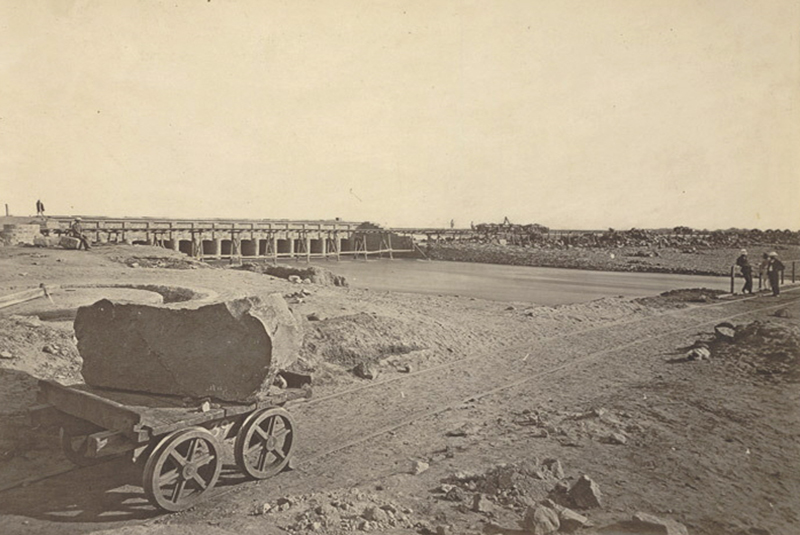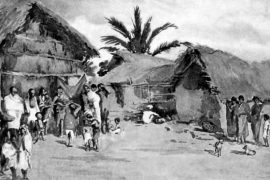Donald Trump’s much-derided decision to construct a wall on the border between the United States and Mexico has brought to the fore the debate on how countries can ‘secure’ themselves against perceived threats from ‘outsiders.’ Across the world, one finds similar attempts by different nations to wall themselves in, by proffering various reasons for such ill-conceived policies, much against the realities of an increasingly globalised village. But history tells us that this is not a recent phenomenon.
India too has been no exception to such manmade barricades. The story of the ‘Great Indian Hedge,’ erected in the colonial era, tells of a desperate attempt to extract taxes, brutal repression and alienate the ‘natives.’
In colonial India, salt production was initially controlled by the East India Company until 1858, when the Crown took over the governance of the country. The coastal regions from the Madras Presidency – all the way to the Bengal Presidency – were hubs of salt, with the produce attracting hefty salt taxes. To safeguard taxation revenue, the British felt it necessary to prevent “illicit” smuggling of salt from one part of the country to another.
In 1823, the Commissioner of Customs, George Saunders, established successive customs posts, customs houses and barriers along key rivers – the Ganga at Mirzapur, Uttar Pradesh, and the Yamuna at Allahabad – and key roads to check illegal movement of salt. These customs posts, well-guarded by a British officer and a few men, were separated by a single mile. But smuggling flourished in the gaps between posts.
Copyright©Madras Courier, All Rights Reserved. You may share using our article tools. Please don't cut articles from madrascourier.com and redistribute by email, post to the web, mobile phone or social media.Please send in your feed back and comments to editor@madrascourier.com











